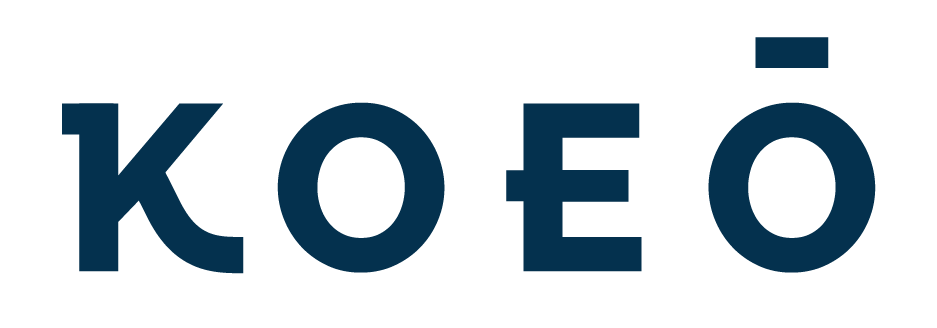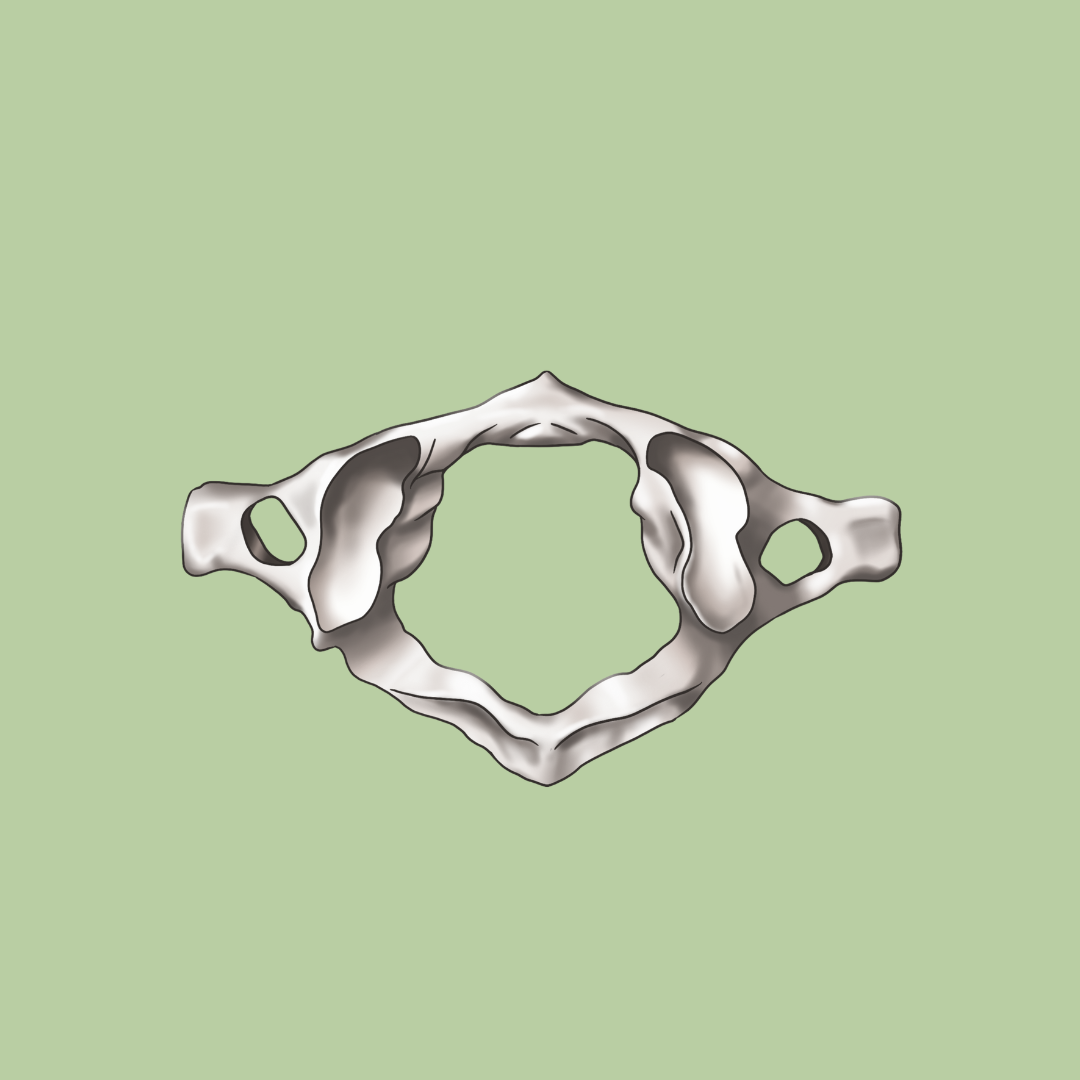Upper Cervical Chiropractor
Upper cervical chiropractic activates a seamless dialogue between your brain and body, via your brainstem.
Your brainstem is a small powerhouse of coordination and acts like a fusebox.
Any disruption to this communication pathway can have implications throughout your entire body, across all your automatic systems.
Upper cervical chiropractic works with your body’s intelligence so you can heal, adapt + function as designed.
At our Barcelona centre we offer specialised chiropractic care that focuses primarily on the Atlas (C1) and Axis (C2) vertebrae in your neck.
These are the predominant bones that protect your brainstem.
If Atlas and Axis aren’t aligned properly it can have a negative impact on the communication from your brainstem to your entire body.
This disruption in communication can create a whole host of health issues.
Upper cervical is a safe, effective chiropractic solution to realign C1 and C2, making sure your brainstem is communicating optimally.
We use a special type of infrared scanner to measure how well the automatic part of your nervous system is working.
The scanner is called Computerized Infrared Thermography (CIT). Being infrared means it doesn’t emit any radiation, making it safe for all ages and during pregnancy.
The scans show us where your body is not receiving normal signals.
Think of it like the wifi not arriving to an area of your house. By working with your upper cervical spine (your router) we can restore normal connection to all areas of your body.
By caring for the upper cervical spine, we’ve helped clients with a range of conditions including:
Migraines and headaches
Neck and back pain
Vertigo and balance issues
Pregnancy
Chronic pain conditions
TMJ (Temporomandibular joint) disorders
Sleep issues
Targeted Care, Advanced Chiropractic Techniques
Although our primary focus is the upper cervical region, Sophie takes a holistic approach and looks at the body as a whole.
She utilises a mix of gentle techniques in addition to upper cervical care, providing the best solution for each individual client.
Sophie has trained in:
Knee Chest Specific (Upper Cervical)
Toggle (Upper Cervical)
Thompson technique
Logan Basic
Bio-Geometric Integration (BGI)
Webster Technique (Pregnancy)
Pregnancy chiropractic
Infant and newborn chiropractic
Step-by-step Process
The one-off payment covers both your first consultation, your examination, your nervous system scans and care program recommendations.
Spinal images are additional, and paid directly to the imaging centre
1. Schedule
Click the book button and reserve your first consultation
2. Health Questionnaire
Once booked you’ll receive an email confirmation with a link to our comprehensive online health questionnaire
3. First Consultation
Have phone consultation with Sophie our upper cervical chiropractor specialist
4. Upper Cervical Images
You’ll receive x-ray referral papers to take to our partner centre, Creu Blanca, to get your images taken. These are covered by your insurance or charged at 70€.
5. We review your images
Once you’ve been x-rayed, Sophie will receive online access to review them
6. First In Office Visit
The next step is your first visit to KOEO where you’ll have a full examination, nervous system scans and we’ll share a report with recommendations for your care.
If appropriate we can start with your first adjustment on this day.
Client case studies: real lives, real results
Your Upper Cervical Spine: The Key to Your Healing
In this mini blog series, we cover what you need to know about your upper cervical spine and it’s central role in your overall health and wellbeing.
Want to Know More About Upper Cervical Care?
We understand that starting a new journey towards healing and change can be daunting, especially if you’re unfamiliar with upper cervical care. Here’s everything you need to know.
FAQs
-
Upper Cervical Chiropractic and regular Chiropractic are both branches of Chiropractic care, but they differ in their focus and approach.
Regular Chiropractic typically involves the manipulation or adjustment of various areas of the spine to restore overall spinal health and alleviate musculoskeletal issues. Practitioners may target multiple regions of the spine to address a wide range of conditions.
On the other hand, Upper Cervical Chiropractic specialises in the specific area of the uppermost region of the spine, known as the upper cervical spine. This branch of Chiropractic care primarily focuses on the alignment and function of the atlas (C1) and axis (C2) vertebrae, located at the base of the skull.
Upper cervical chiropractors use precise adjustments to correct misalignments in this area, which can have a significant impact on the entire body, via the central nervous system.
The goal is to promote optimal nervous system function, which impacts every system of the body and therefore can result in improved overall well-being and resolution of many chronic conditions and imbalances.
Read more in our blog ‘The Lowdown on Regular Chiropractic vs. Upper Cervical Chiropractic (and what sets it apart)’
-
An upper cervical chiropractic adjustment is a specialised form of chiropractic care that focuses on the alignment and function of the uppermost region of the spine, specifically the atlas (C1) and axis (C2) vertebrae.
This adjustment technique involves a small, precise and quick pressure applied to the upper cervical spine to correct misalignments, which have a global impact on your spine, body and overall health and function.
The specific type of upper cervical adjustment applied in KOEO is called Knee Chest Specific.
-
A normal visit lasts ~30 minutes.
You’ll receive a nervous system scan with our infrared computerised technology to see if you require an upper cervical adjustment on that day.
Sophie will also check your body and spine alignment, balance and movement to determine any other areas where you would benefit from care on that day.
The upper cervical adjustment itself is a quick procedure. Its focus is on accuracy and precision.
Following your adjustment(s) you’ll then rest for 15 minutes before returning for another nervous system scan and body check.
This allows Sophie to confirm that your nervous system connection and balance has improved following your upper cervical adjustment. It will also allow her to monitor how your body is changing over time during your care plan.
-
Signs and symptoms of upper cervical misalignment can vary depending on the severity and specific location of the misalignment.
However, there are several common symptoms that may indicate an issue in the upper cervical spine. These can include chronic headaches or migraines, neck pain or stiffness, shoulder pain, dizziness or vertigo, ringing in the ears (tinnitus), visual disturbances, difficulty sleeping, and issues with balance or coordination.
Upper cervical misalignments can also disrupt the normal flow of nerve signals, leading to symptoms such as tingling or numbness in the arms or hands, fatigue, brain fog, and even problems with digestion or immune system function.
If you experience any of these symptoms, it's advisable to consult with an upper cervical chiropractor for a proper evaluation and diagnosis. They can determine whether an upper cervical misalignment may be contributing to your symptoms and recommend an appropriate course of action.
-
After an upper cervical adjustment, individuals may experience a whole variety of responses.
Commonly reported immediate responses include a sense of relaxation, reduced muscle tension, and improved range of motion in the neck.
Many people experience relief from pain or discomfort, a change in their original symptom location or intensity, improved sleep quality, and improved digestion.
Some people notice little change at the beginning and its not until several weeks into their care program that they begin to feel the shifts in their function.
It's important to note that everyone's response may differ, and some individuals may experience mild soreness or stiffness as the body adjusts to the realignment.





















